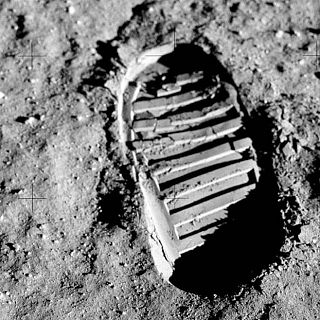Back in 1969, when the astronauts from Apollo 11 landed on the moon, Neil Armstrong described its surface as "very, very fine-grained" "almost like a powder". Later on, in 1972, during the Apollo 17 mission, astronaut Harrison Schmitt coined the expression "Lunar hay fever" to describe the symptoms of all 12 people who had stepped on the moon, the symptoms were sneezing, congestion and watery eyes. In some cases it took days for the reactions to fade.
Now, more than 50 years later, the European project DUSTER (Dust Study, Transport, and Electrostatic Removal for Exploration Missions), aims to study lunar dust, the dust particles present in space, which can be harmful for machinery and humans. The Duster team is led by the Royal Belgian Institute for Space Aeronomy, which is joining efforts with ONERA, the French Aerospace Lab, Thales Alenia Space - Spain and the Institute of Astrophysics of Andalusia. To learn more about lunar dust and the project DUSTER, we spoke with Rosario Sanz, project manager of the Duster project in the IAA.
